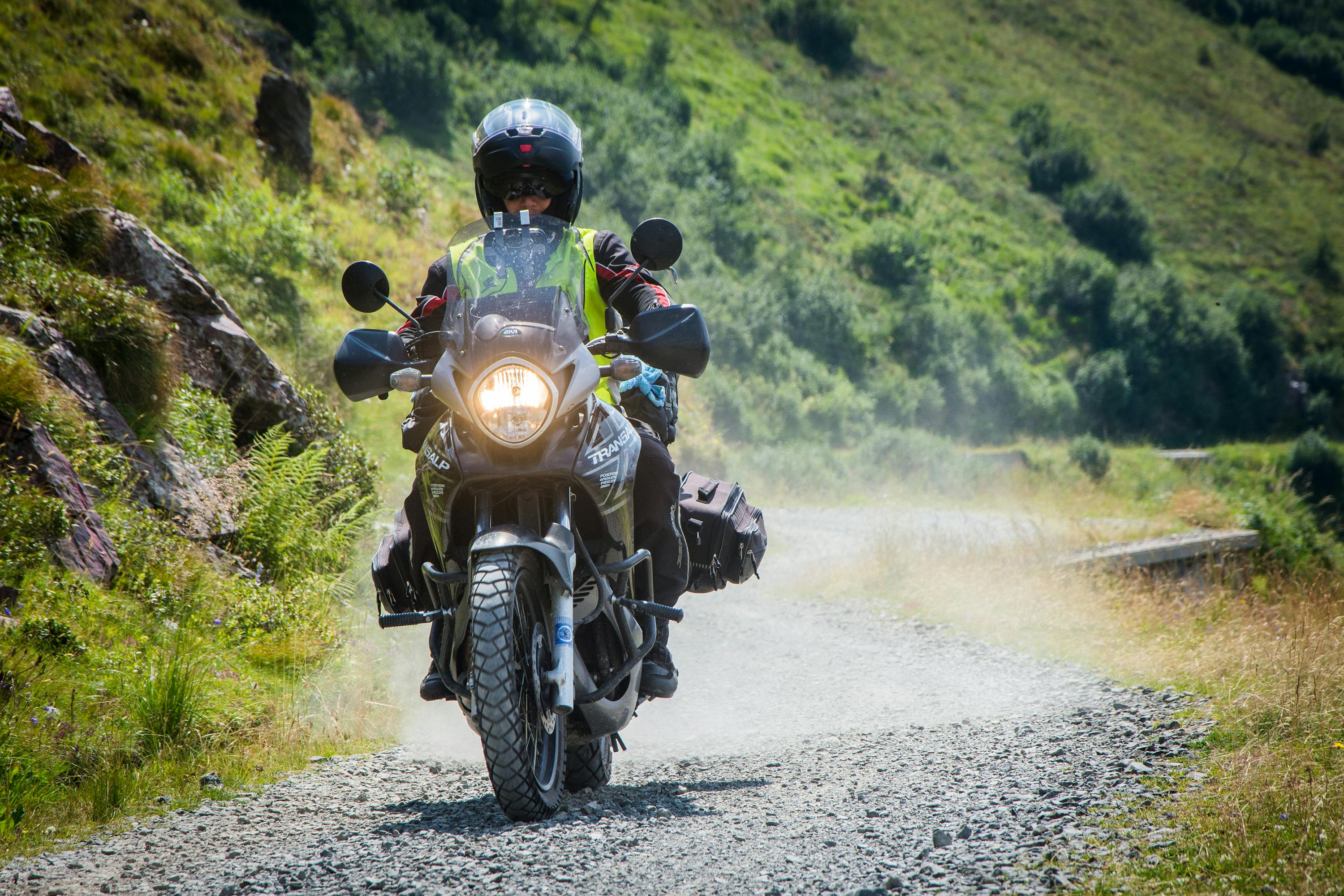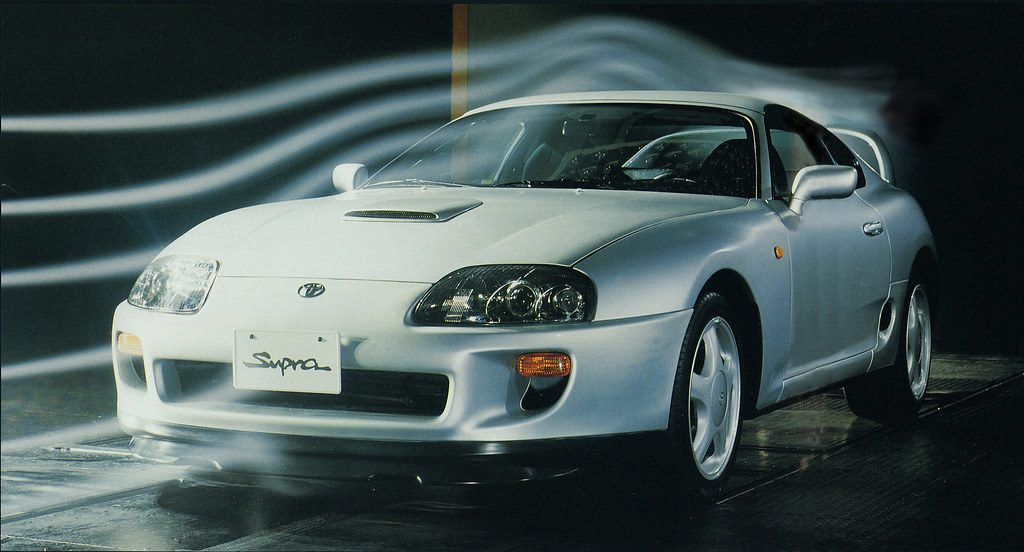
Riding a motorcycle offers an exhilarating sense of freedom, but it also presents unique challenges and risks that every rider must navigate carefully. Motorcyclists are disproportionately represented in fatal traffic accidents, with the National Highway Traffic Safety Administration (NHTSA) revealing that in 2022, a shocking 6,218 motorcyclists lost their lives, making up 15% of all traffic fatalities—a figure that marks the highest since at least 1975. It’s essential for all road users, including motorcyclists, to cultivate a culture of safety, remain vigilant, and prioritize safety measures, as awareness and preparation are crucial in alleviating the risks associated with this thrilling activity.

1. **Select the Right Bike**: The selection of the right motorcycle is an essential initial step that can significantly impact your safety and enjoyment. Ensure that the motorcycle is not only the right size for your height and weight but also that the engine’s power aligns with your riding proficiency. Prioritize bikes that come with safety features like electronic tire pressure monitoring, anti-lock braking systems, and traction control to bolster your safety and confidence on the road.

2. **Know Your Bike**: Understanding your motorcycle’s specific characteristics and maintenance needs is fundamental for a successful ride. Each motorcycle has its distinct feel, so take the time to get accustomed to how yours handles, particularly if it’s a recent purchase. Practicing in a controlled environment can help you master the controls and cornering techniques, ensuring you are well-prepared to handle real traffic situations effectively.

3. **Check the Weather**: Weather conditions can greatly affect your safety while riding. Before heading out, check the forecast. Rain, snow, or icy roads can lead to reduced traction and visibility, which can increase the chances of an accident. If conditions are adverse, consider postponing your ride.

4. **Don’t Forget the Pre-ride Inspection**: Conducting a meticulous pre-ride inspection is a proactive measure to avert breakdowns and accidents that could ruin your ride. Before hitting the road, thoroughly examine your motorcycle to confirm that all components are functioning properly; check tire pressure, brakes, lights, and fluid levels carefully. If you notice anything unusual, take the time to address the issue or postpone your ride until it’s resolved to ensure your safety.

5. **Ride Defensively**: Always ride with the mindset that other drivers may not see you or may behave unpredictably on the road. Employ the Search, Evaluate, Execute strategy by continuously scanning for potential hazards, evaluating risks, and taking proactive steps to avoid dangerous situations. This forward-thinking approach can profoundly improve your safety and experience on the road.

6. **Make Yourself Visible**: Visibility is key to motorcycle safety. Take steps to ensure other drivers can see you. This includes wearing reflective gear, ensuring your headlight is functional, and using your brake light when slowing down. The more visible you are, the lower the chances of accidents.

7. **Wear a Full-Face Helmet**: Your helmet is your most crucial safety gear. Always wear a full-face helmet that meets the U.S. Department of Transportation (DOT) standards. This type of helmet provides comprehensive protection, covering your head, face, and jaw, which is vital in the event of a crash.

8. **Know Your Escape Routes**: Always be aware of possible escape routes in case another driver makes a dangerous move. Familiarize yourself with the areas around you so you can react quickly if needed, which could potentially save your life in a threatening situation.

9. **Dress for Safety**: Embrace the philosophy of ATGATT (All the Gear, All the Time). Ensure you wear the proper protective equipment every time you ride. This includes a sturdy helmet, leather gear, ankle-high boots, and gloves. Protective clothing can help minimize injuries in the event of an accident.

10. **Corner within Your Skill Limits**: Mastering the art of cornering is vital for maintaining control when navigating turns. Ensure that your speed and cornering techniques remain within your personal skill limits, as oversteering or braking abruptly can lead to loss of control and accidents. Regularly practice your cornering techniques to boost your confidence and ability to handle turns safely during actual rides.

11. **Stay Alert with Your Head on a Swivel**: Constant awareness of your surroundings can help you avoid potential hazards. Keep an eye on other vehicles, pedestrians, and cyclists. By being vigilant, you can react to unexpected changes in traffic more effectively, increasing your chances of avoiding accidents.

12. **Position Yourself Wisely in Traffic**: To enhance your safety in slowing traffic, position your motorcycle to the left or right of the vehicle in front of you. This strategic positioning provides you with an escape route if needed and helps shield you from potential rear-end collisions.

13. **Use Larger Vehicles as Shields**: In intersections, if a large vehicle is turning, consider using it as a shield. It may absorb the impact of a negligent driver who runs a red light, potentially protecting you from direct harm.

14. **Watch the Wheels, Not Just the Cars**: Instead of focusing solely on a vehicle’s body, watch its wheels for movement. This may provide an early indication of the driver’s intended actions, allowing you to react accordingly.

15. **Practice Evasive Maneuvers**: Being prepared for unexpected emergencies is crucial for every motorcyclist. Develop a habit of regularly practicing evasive maneuvers, such as emergency stops and swerves, as they will equip you to respond effectively in crisis situations while maintaining control of your motorcycle.

16. **Be Wary of Metal Objects**: Exercise caution when riding over various surfaces, such as railroad tracks, sewer grates, and potholes, as they can pose significant hazards. Metal surfaces can become slippery, especially when wet, which increases the risk of skidding. Always cross railroad tracks at a 90-degree angle to minimize the likelihood of losing control.

17. **Never Change Gears in a Curve**: It’s advisable to change gears before entering a turn to maintain optimal control of your motorcycle. If you need to shift mid-curve, do so smoothly while matching engine speed. A sudden change in power can lead to skidding, which is dangerous and can result in loss of control.

18. **Manage Your Speed to Manage Risk**: Speed management is key to safe riding. When you identify a potential hazard, reducing your speed can provide you with more time to react. Maintain a distance that allows for adequate stopping space, giving you the freedom to navigate unexpected situations safely.

19. **Ride at 70% of Your Skill Level**: A smart safety strategy is to assess your skills and consistently ride at about 70% of your ability. This approach leaves room for unexpected events and gives you a buffer to react more effectively. Riding at a manageable skill level helps keep your reactions sharp and minimizes the risk of accidents.

20. **Avoid Positioning Yourself Between a Vehicle and an Exit**: Drivers often make impulsive maneuvers to reach an exit, which can be hazardous for motorcyclists. To minimize the risk, give vehicles room and avoid positioning yourself directly between a vehicle and its exit. This precaution helps reduce the likelihood of being caught in a sudden, reckless maneuver by another driver.

By implementing these essential tips for safe riding, you can transform your motorcycle experience into one that is both enjoyable and secure. Each recommendation contributes to a holistic approach to motorcycle safety, which not only lowers accident risks but also promotes a culture of responsible riding. Remember, safety is a collective responsibility that involves motorcyclists and all road users alike. As you gear up for your next adventure, keep these tips in mind, ensuring a proactive, prepared, and aware approach. This will allow you to revel in the thrilling experience of motorcycling while safeguarding your well-being and that of others on the road. Let these practical guidelines illuminate your journey, enabling you to ride with both confidence and caution!
Related posts:
25 Motorcycle Safety Tips
If You Ride A Motorcycle
5 Top Safety Tips for Drivers and Motorcycle Riders




